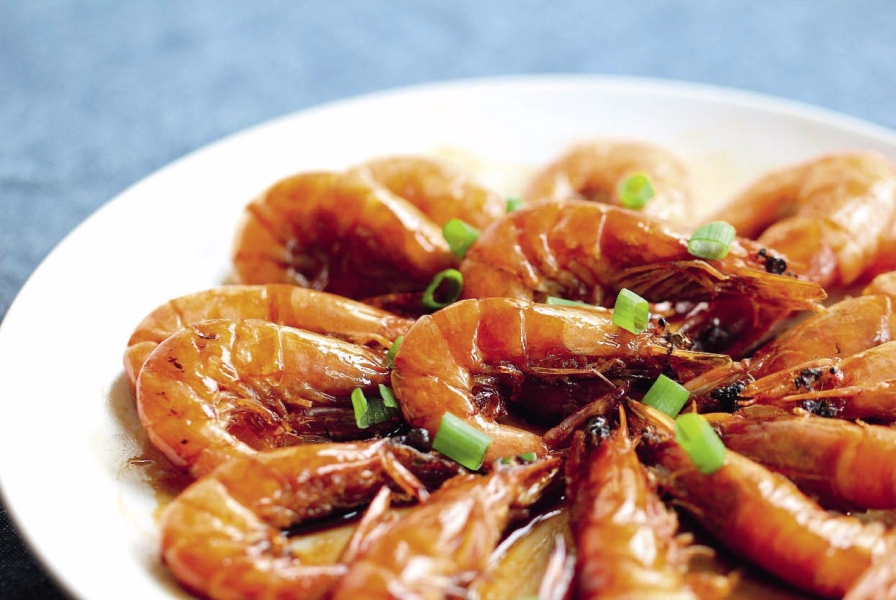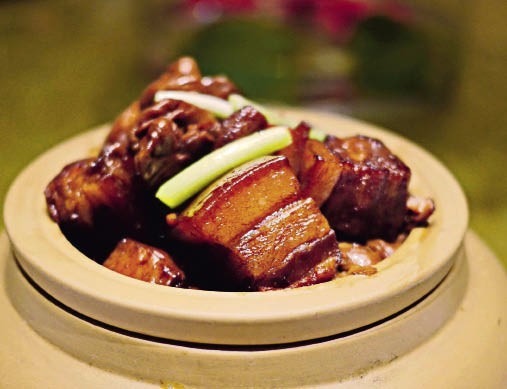
In the realm of local Shanghai cuisine, senior chefs often earn a lifelong reputation for their mastery of culinary skills. Since only practice makes perfect, and there is no shortcut to its mastery, apprentices usually start from 14 years old. Cutting skills, the essential core of the Chinese cooking, represent a chef’s attainment. Consummate cutting skills are like Chinese Kungfu. Only as a chef has accumulated enough practice can he be adept at handling knives.
Kousansi is a typical Shanghai dish that demands superb cutting skills. Ham, chicken breast, and winter bamboo shoots, the basics for the dish, are sliced into thin pieces and then cut into shreds less than half a millimeter thick. As they need to be boiled in advance, shredding the ingredients can make them better integrate with the consommé. In the following stewing step, flavors of the three basics can be released and neatly mixed. Elaborate cutting lends a unique beauty to the ingredients. According to Chinese culinary philosophy, taste should be complemented by form and color.

In Chinese, huohou is a word that refers to the art of commanding the duration and degree of heating. It is not only used in cooking, but more often than not, it is also used to qualify someone’s level of cultivation and attainment. While mastering the cutting skills, a good chef needs to pursue excellency in huohou. To cook the dish of quick-fried river shrimps, it only takes less than 10 seconds, but not until the oil temperature reaches 200 degrees Celsius can the ingredients be poured into the pan. The shrimp should be tender but not chewy, and their shells crisp but not burnt. To this end, the timing must be accurate down to the second. Seasoned chefs can judge when it is time to fish them out by listening to the crackling of the shells.
Red-braised pork with soy sauce is another dish that fully represents Chinese aesthetics and philosophy. The making requires an accurate cooking duration and high culinary skills. The succulent braised pork with a bright brown color tastes slightly sweet though the main flavor is still salty. Typically, a cube of braised pork has a unique structure comprising three layers: the pork skin, the fat, and the lean meat.
Streaky pork is the secret of the recipe. Streaky pork is the marbled meat between pork ribs, especially those from the fourth to ninth ribs as the meat there is tight and elastic. Experienced chefs scrape off the coarse external layer of the pigskin, leaving only the tender and elastic meat to ensure a soft and waxy taste.
The blending of sugar and soy sauce in certain proportions is crucial. It’s safe to say that only chefs with a somewhat discerning palate or who have tried thousands of times could master the skill. The cooking process also tests the patience of a chef. The chef must boil the cubes of braised pork at a high temperature and then turn down the flame to simmer the meat. This process is vital to the last step in which the broth is absorbed into the meat at a high temperature once again.
After years of improvements, these dishes, representing local Shanghai cuisine, have been included in the list of National Intangible Cultural Heritage and won international fame.